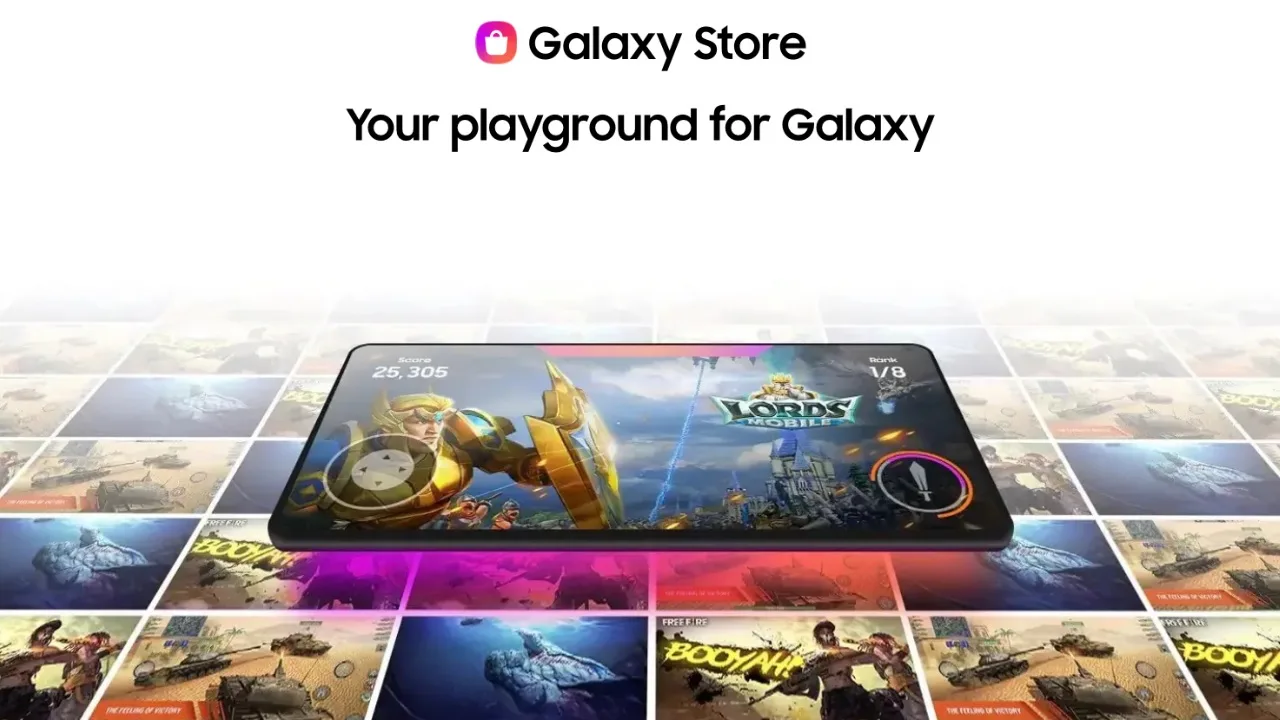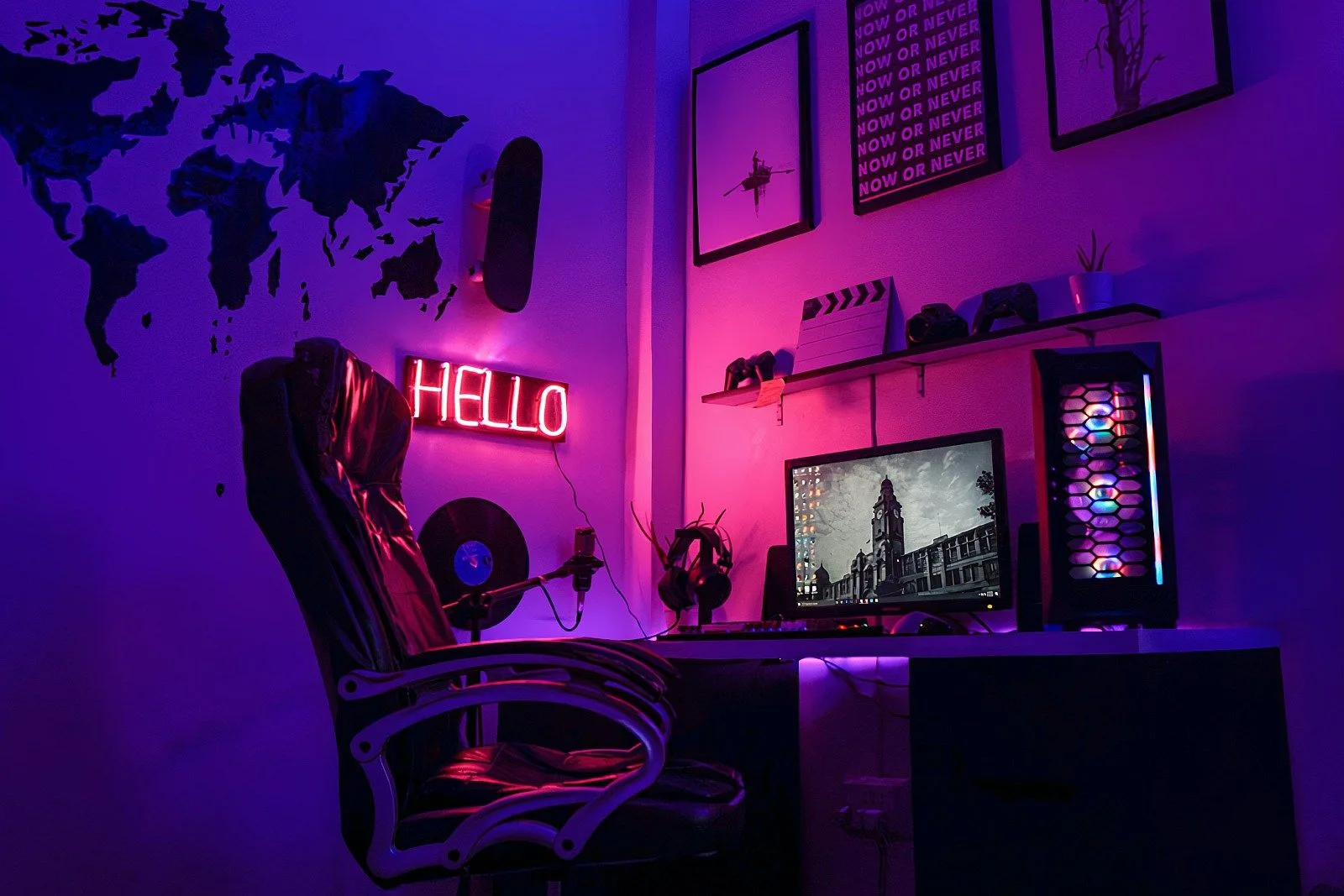The Best Apps for Education in 2024
We are used to using a smartphone for communication and games, but it can do more than that. For example, it can teach us something useful. Official catalogs are full of educational apps for every taste, and they often surpass the usual sources of knowledge: books, presentations, and videos. And some of these apps bring as much fun as gambling at an online casino or going out with friends.
Interactive and game technologies allow apps to communicate with us, adjust to our knowledge level and entertain us at the same time. That’s why even boring topics are sometimes so interesting to study. And a smartphone is always at hand, so you can learn something new anywhere, even on your way to work. Download these apps to start your journey to new knowledge.
TED
TED is a series of international conferences where prominent people give talks on art, technology, design, entertainment, business, culture, and politics. Becoming a TED speaker is honorable, that’s why each report is seriously selected — the organizers require innovative ideas that aren’t banal. There are no passable speeches at the conferences.
Star Walk 2
It’s an interactive map of space with augmented reality. It knows almost everything that is outside our planet. Just turn on GPS, point your smartphone at the sky, and all the stars and constellations will appear on the screen in the correct location.
You can read about each object additionally, find out general information, temperature, angle of inclination, and distance to the sun. In the paid version, even more information is available: deep space, constellations in 3D, satellites, and planets.
Neuronation
It’s a brain simulator developed with the participation of neuropsychologists. The app with the help of specially designed tasks helps develop cognitive skills: to memorize more, count faster in the mind, concentrate better, and think more logically.
Neuronation helps keep your brain energized and keep your mind fresh for longer throughout the day.
Human Body 3D
The whole app is a 3D model of a human being, divided into several layers: skin, body parts, muscles, skeleton, digestive system, respiratory system, and so on. By clicking on the desired layer, you see what it consists of, and next to it appears a table with a list of components. By clicking, they become invisible; each organ can be “turned off” to see what’s behind it. And if you still can’t see it, just use two fingers to expand the 3D model and view the body’s structure from any angle, zoom in or zoom out.
This application will be useful not only for students and doctors but also for artists because the model is convenient to study the structure of muscles. And it would not hurt an ordinary person to know where he or she is located. Still, when calling the ambulance, it’s better to talk not about pain in the side, but to name specific organs or at least a region of the body.
Brain Wars
This app is similar to Neuronation, but it was developed without the participation of neuropsychologists. It’s all about excitement. In each training session, you compete against a real opponent, so you instinctively learn to think faster and more efficiently.
Camera51
The app tells you how to take a photo. Just point the camera at the desired area and specify the object you want to take a picture of. The application itself will detect and show on the screen how to rotate the smartphone to get a better shot.
Of course, Camera51 doesn’t take into account many parameters: light fall, colors in focus, the ability to remove unnecessary objects that spoil the photo. But it will teach you to observe the golden ratio rule and other nuances.
HeadSpace
Meditation helps you concentrate better, see things more soberly and cope with anxiety and stress. You might say it’s a mental exercise.
But learning to meditate isn’t easy. Even for a five-minute session, you need to create the right conditions in which you can relax and focus. And it’s also important to master the technique itself. HeadSpace is partly responsible for this. It creates an atmosphere conducive to meditation, and the instructor’s pleasant voice tells you what actions to perform and in what order.
Google Arts & Culture
Google has collected all the world’s masterpieces of art in one application and integrated it with other services. For example, you can read information about the Taj Mahal Palace, look at photos, and walk around it virtually thanks to Google Street View. And Google Maps will help you find museums and exhibitions near you.
You can build personal collections of your favorite works, as well as view other people’s collections. In some countries, a camera is connected in the app; if you take selfies, it will find a similar face among the paintings of famous artists.
Peak
Peak works on the same principle as NeuroNation. It’s a set of exercises for memory, quick thinking, language skills, attentiveness, emotionality and problem solving skills. The longer you play, the higher the difficulty of the exercises.
For example, in one of the games, you have to arrange numbers in ascending order. The first few rounds are easy, but then negative numbers and numbers marked with dots, like on a dice, are added to the puzzle.
Treeps
Often the reason for idleness is that we don’t know what to do. With Treeps there will be no such problem, the application itself selects tasks to perform and topics to explore. In total, there are about a thousand ideas in the database, categorized by categories (ecology, board games, cooking, movies, etc.), all of them aimed at personal efficiency, development of new skills and proper pastime.
One of the pros of this app is that you no longer need to spend time coming up with and planning a useful and exciting activity. Also, Treeps is guided by your preferences when selecting ideas, so you don’t have to spend extra time looking at results that you are obviously not satisfied with.



